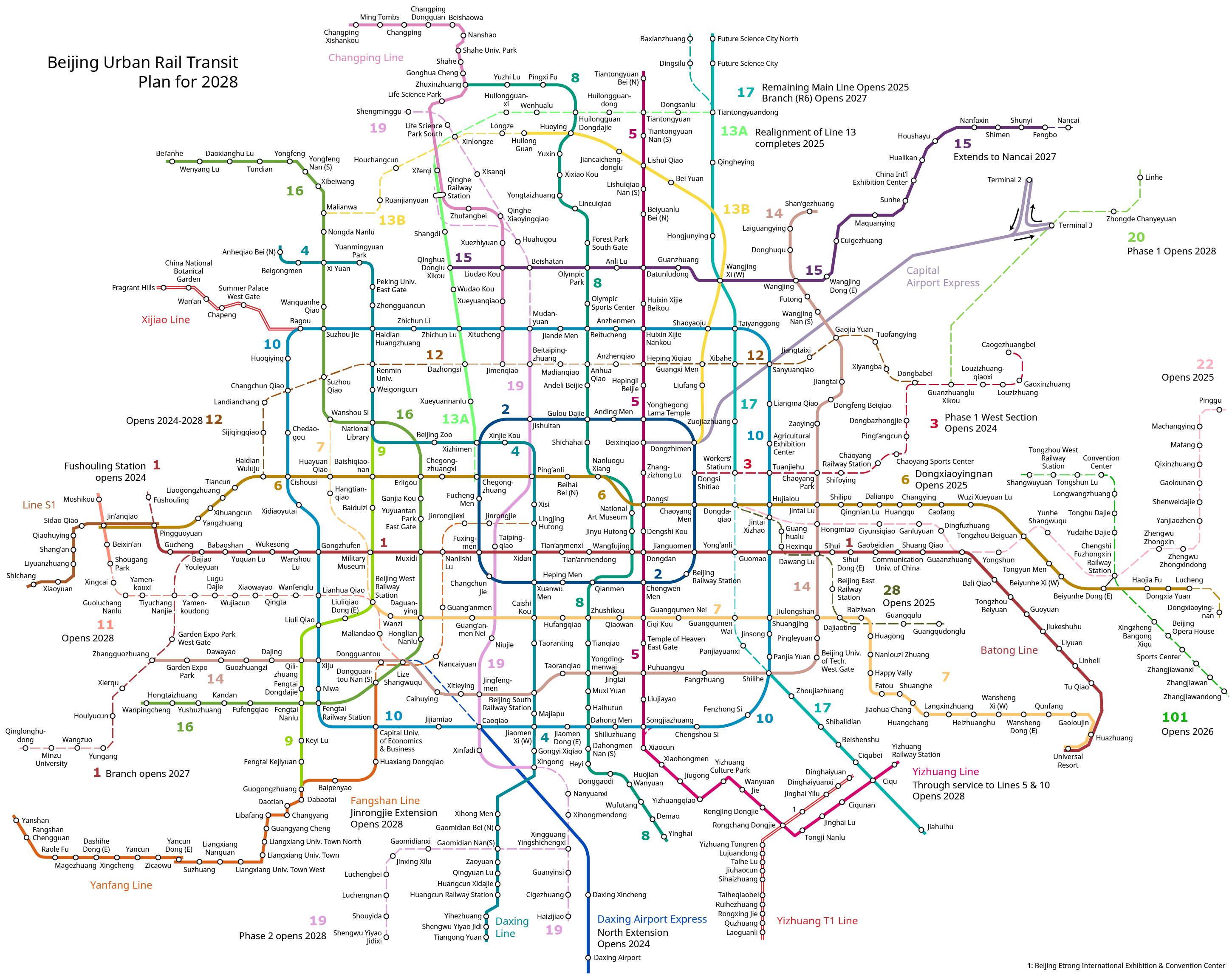Dec. 9, maglev train on trial run in Changsa, China.
Great news, low-speed maglev line is ideal for airport transport.
Extensions to three local Metro lines to open together Saturday
@Shotgunner51 @GS Zhou
The Metro Line 12 Nanjing Road W Station is being readied lately for its opening. The western section of Metro Line 12 will be put into service this month, mainly conveniencing people in Minhang and Xuhui districts who need to travel to city downtown. --Dong Jun (file photo)
EXTENSIONS to Metro Line 11, 12 and 13 will be put into operation this Saturday.
The extensions would bring 27 new stations into operation and have the city's total Metro service mileage reaching 617 kilometers with 366 stations in total, Shanghai Shentong Metro Group Company said Thursday.
Line 12 will have 16 new stations, including nine interchange stations. After the extension, Line 12 will become the Metro service to feature the most interchange stations.
Line 13 will have nine new stations open for service.
Extension to Line 11, which is also known as Disney Line, will have two new stations open this time--Luoshan Road and Xiuyan Road. The station at Shanghai Disney Resort would not open until next year when the resort starts operation.
The city's metro operator reminds commuters to mind gaps between the platform and train carriages in six stations such as at Caobao Road, Hanzhong Road and Jiangning Road. The gaps there are a little wider than other stations, due to design of curve-shaped platforms. Rubber steps have been installed to prevent accidents and more notices will be set up in future, the Metro operator said.
By the end of 2020, another four new lines and new extensions to five current Metro lines would be built and opened, said the Metro authority.














